Reportar esta entrada
Más sobre la misma comunidad-colección
L.A. Munoz, L. Villareal, F.L. Cook, and L.J. Banes
L.A. Munoz, L. Villareal, F.L. Cook, and L.J. Banes 1928 ...
Cathedral High School - 1930 - El Paso, Texas
Cathedral High School - 1930 Harry R. Hambleton, Arthur B. ...
Cathedral High School - 1931 - El Paso, Texas
Cathedral High School - James H. Himel, and Marshall E. Condon, ...
State Senator Margaret Ann "Peggy" Rosson - 1991
Margaret Ann "Peggy" Rosson elected to Texas Senate 1991-1997 ...
Stephanie Karr - 1991- El Paso, Texas
Stephanie Karr constant advocate for the prevention of child ...
Sanchez Family - 1985 - El Paso, Texas
Sanchez Family - 1985 - one of prominent families of El Paso, ...
Marshall Condon, grad Cathedral High El Paso, Texas 1931
Marshall E. Condon, grad Cathedral High 1931 - El Paso, Texas.
Cathedral High School Faculty - 1993
Cathedral High School El Paso, Texas Faculty Yearbook 1993 - ...
Cathedral High School Faculty - 2011 - El Paso, Texas
Cathedral High School El Paso, Texas - faculty,1993, Raul ...
Patricia Vega - Faculty Cathedral High School - 2011
Patricia Vega - Faculty Cathedral High School Ell Paso, Texas ...
Fourth Of July Cityscape - DIGIE-2017 - Video
Short video of the Fourth of July cityscape for the digital ...
Paul L. Foster School of Medicine - 2017
Paul L. Foster School of Medicine - 2017 - people gather outside ...
Paul L. Foster School of Medicine - 2017
Paul L. Foster School of Medicine - 2017 - people gather outside ...
Paul L. Foster School of Medicine Commencement - 2017
Paul L. Foster School of Medicine Commencement - 2017

















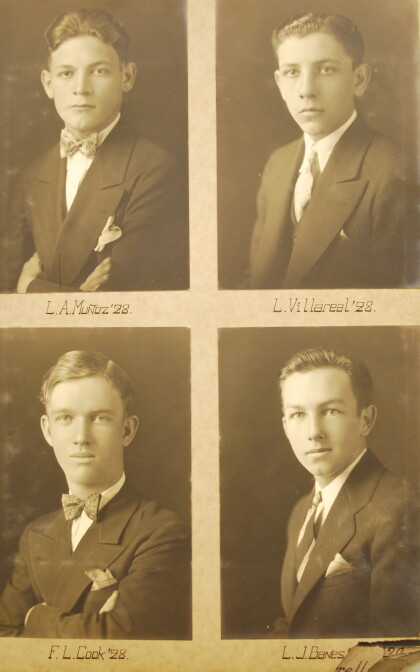
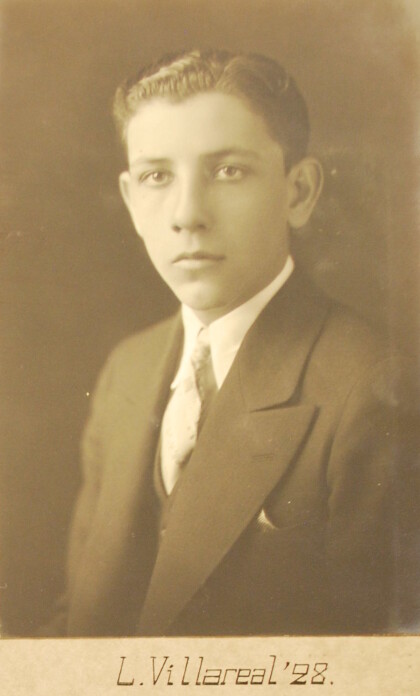

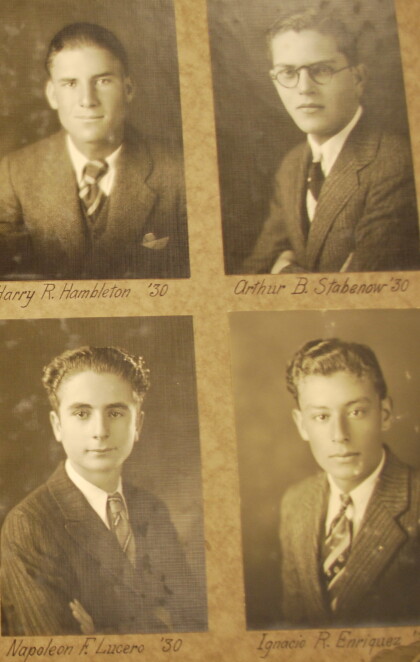
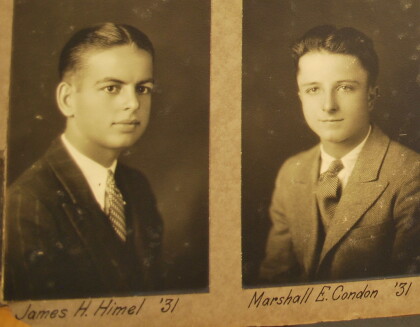
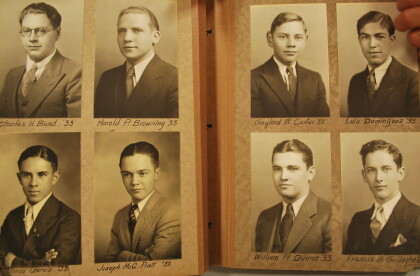
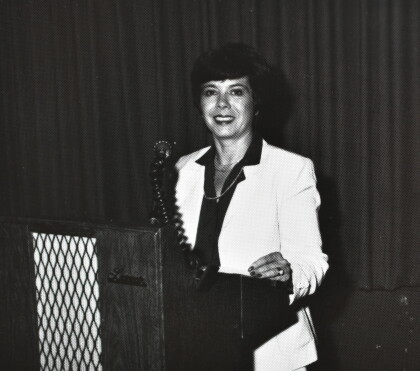
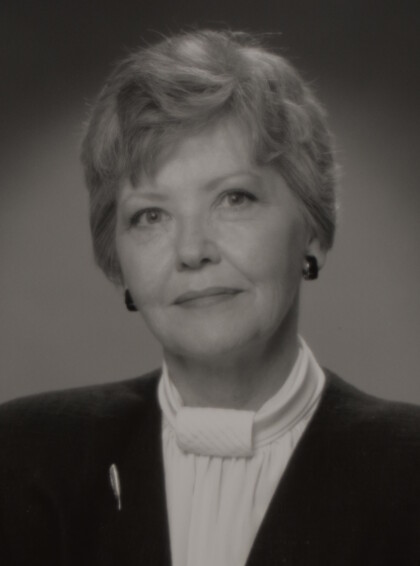

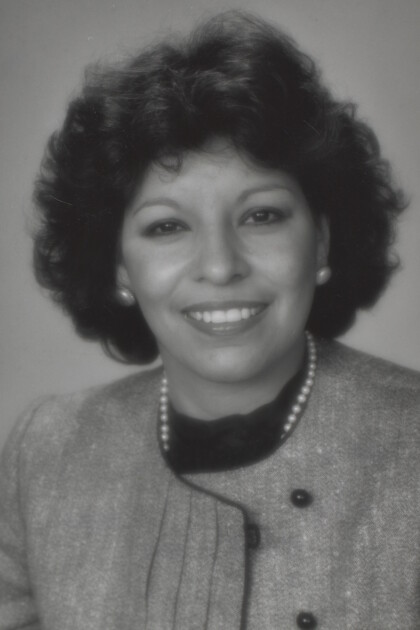

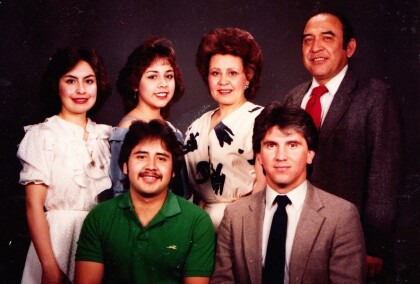
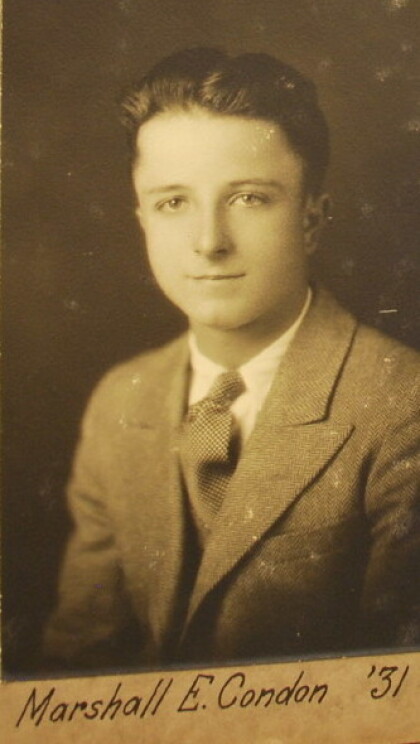
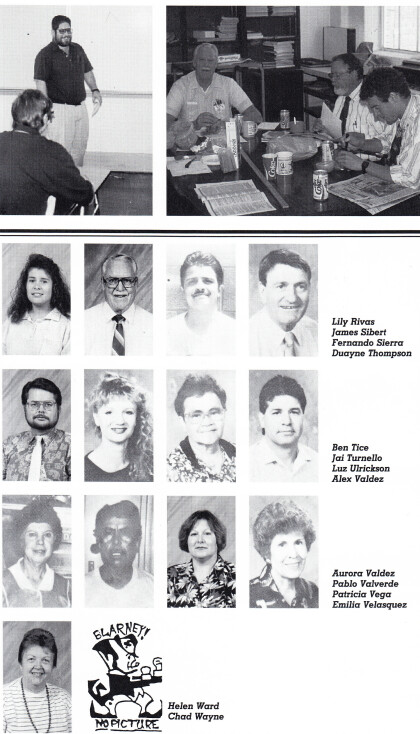
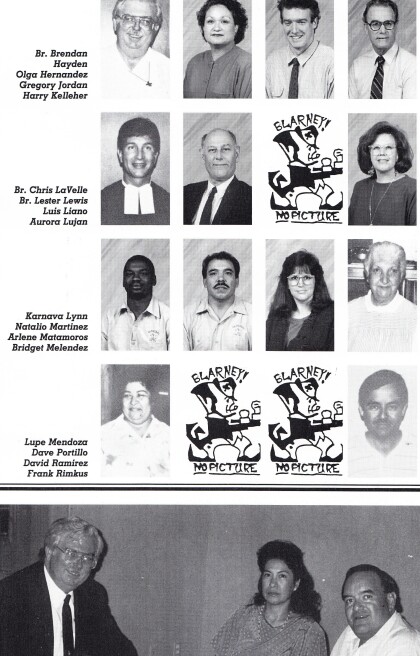
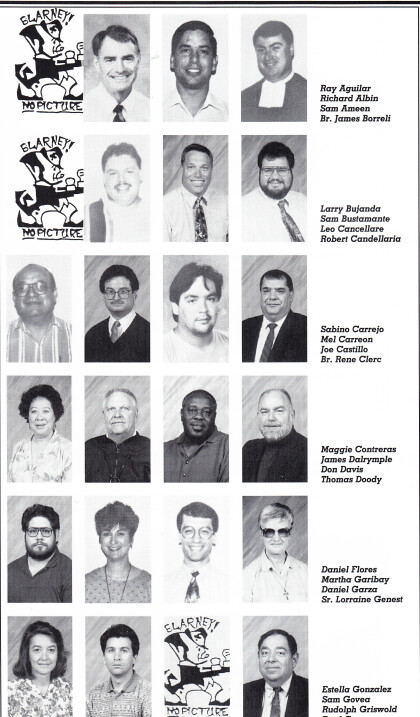
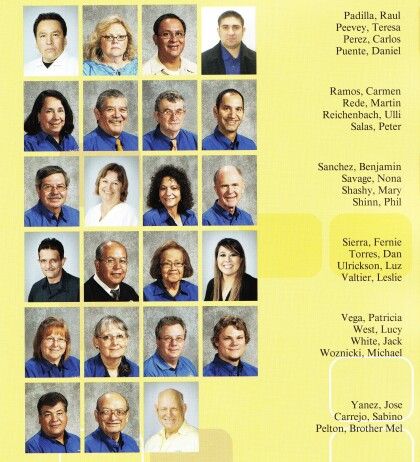


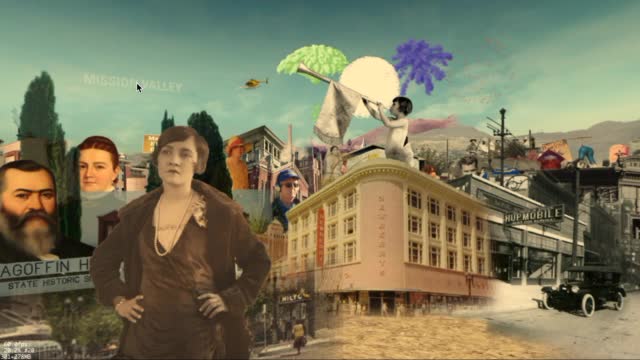
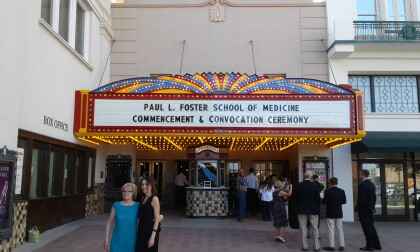
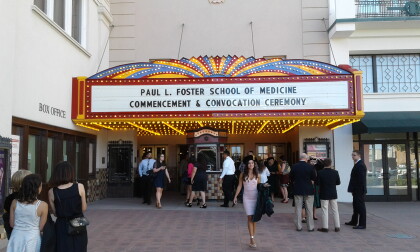
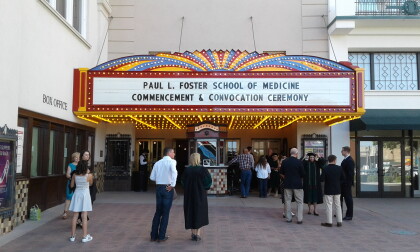
Comentarios
Hacer un comentario